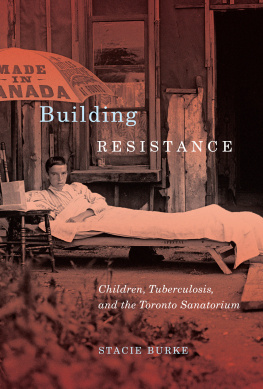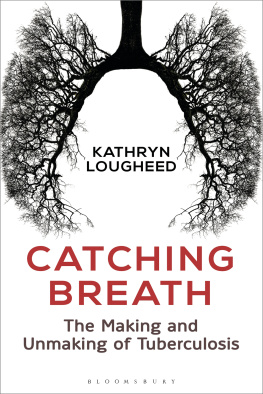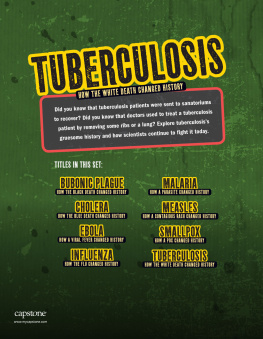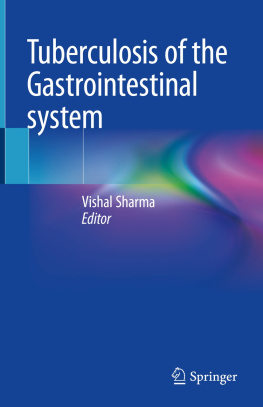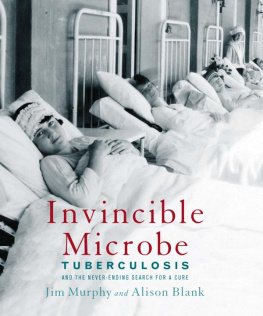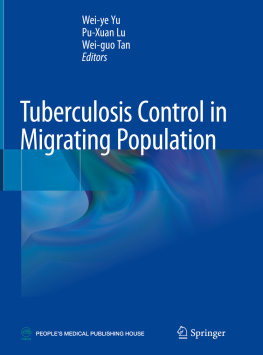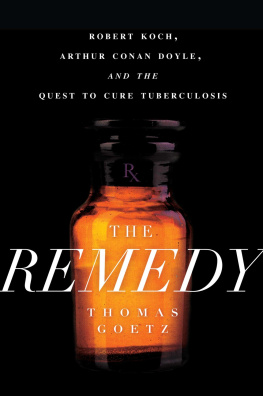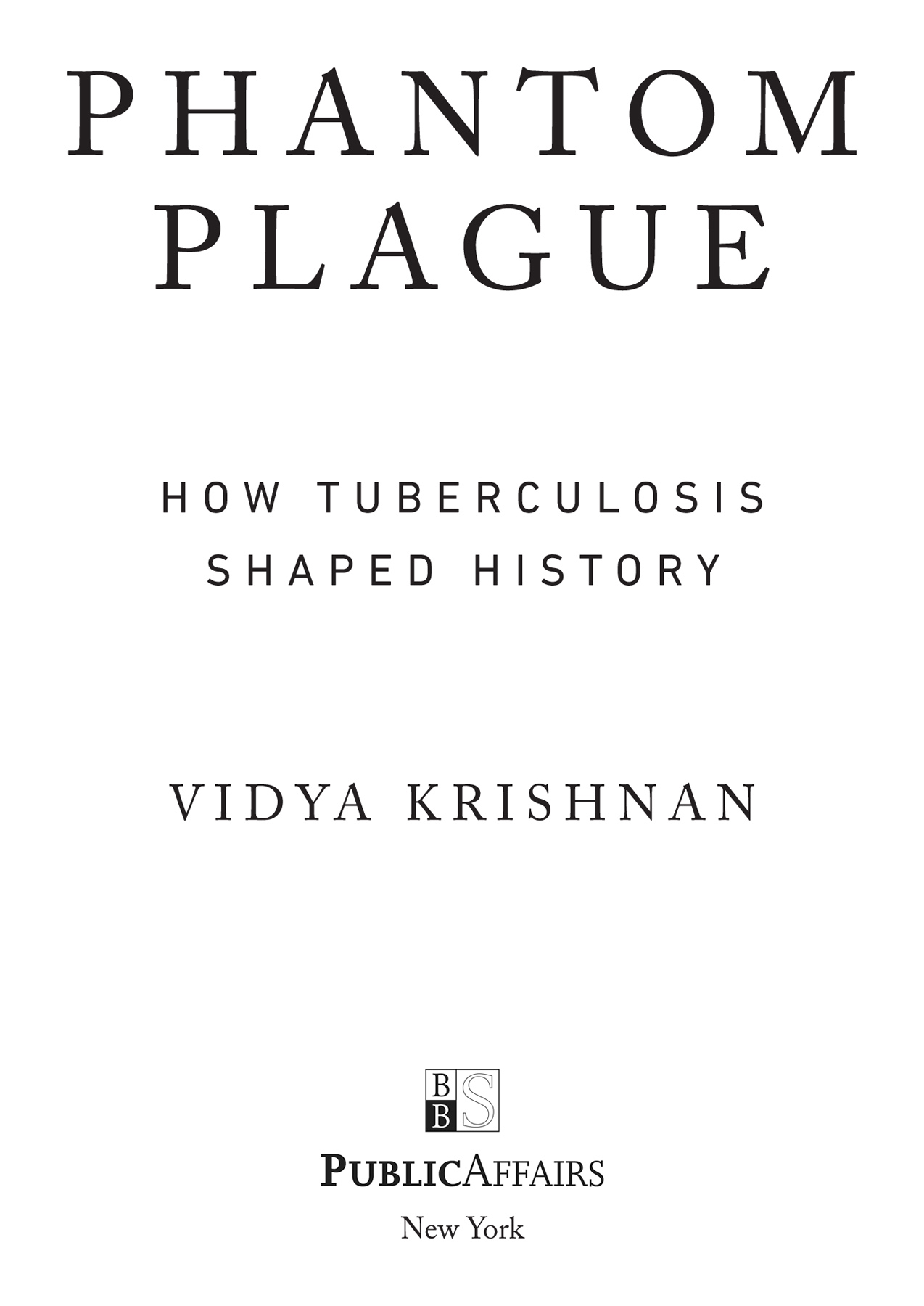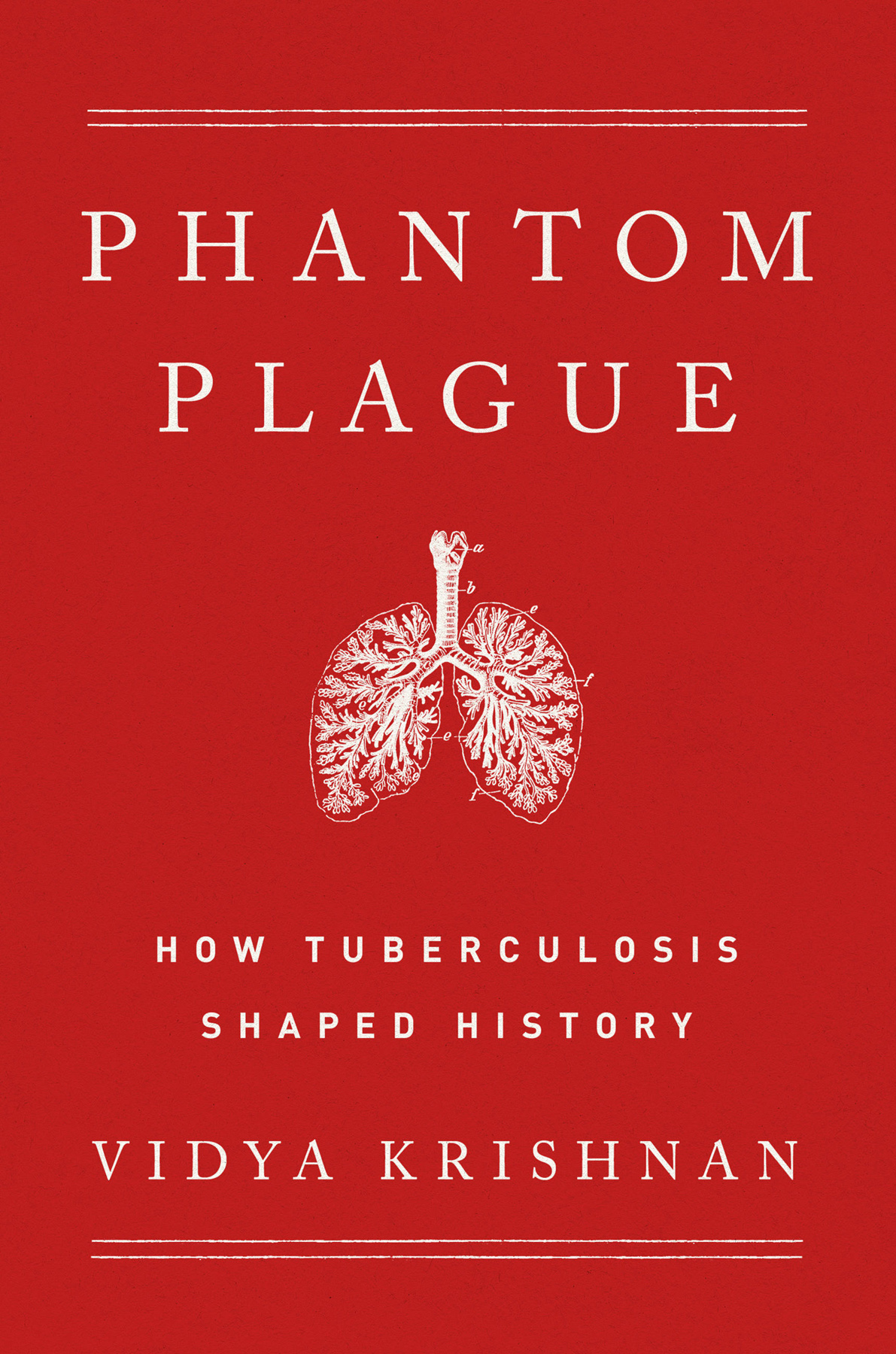
Copyright 2022 by Vidya Krishnan
Cover design by Pete Garceau
Cover image iStock/Getty Images
Cover copyright 2022 by Hachette Book Group, Inc.
Hachette Book Group supports the right to free expression and the value of copyright. The purpose of copyright is to encourage writers and artists to produce the creative works that enrich our culture.
The scanning, uploading, and distribution of this book without permission is a theft of the authors intellectual property. If you would like permission to use material from the book (other than for review purposes), please contact permissions@hbgusa.com. Thank you for your support of the authors rights.
PublicAffairs
Hachette Book Group
1290 Avenue of the Americas, New York, NY 10104
www.publicaffairsbooks.com
@Public_Affairs
First Edition: February 2022
Published by PublicAffairs, an imprint of Perseus Books, LLC, a subsidiary of Hachette Book Group, Inc. The PublicAffairs name and logo is a trademark of the Hachette Book Group.
The Hachette Speakers Bureau provides a wide range of authors for speaking events. To find out more, go to www.hachettespeakersbureau.com or call (866) 376-6591.
The publisher is not responsible for websites (or their content) that are not owned by the publisher.
Library of Congress Control Number: 2021949372
ISBNs: 9781541768468 (hardcover), 9781541768475 (e-book)
E3-20211210-JV-NF-ORI
To the fallen.
Every year, 10.4 million new cases of tuberculosis are reported globally, and nearly one-third of the worlds population has latent TB, a dormant version of this ancient disease. Nearly 2.8 million of the afflictedmore than anywhere else in the worldlive in India.
This book is dedicated to the memory of all those who died of tuberculosis. Singled out for special remembrance is Shreya Tripathi, whose life inspired this book.
A fter a steady decline throughout most of the twentieth century, tuberculosis is back with a ferocity never experienced by humanity before. A world we thought we had left behindone in which a pathogen could wipe out entire families as doctors helplessly watchedis once again ahead of us.
In a world where quarantines, travel bans, and lockdowns are normalized, the rise of antibiotic-resistant bacteria is an urgent global threat. The indiscriminate consumption of antibiotics during the pandemic (ivermectin, dexamethasone, hydroxychloroquine, favipiravir, azithromycin, etc.) has reached a whole new level of abuse, something that is sure to cast a long shadow on global health.
Superbugs, created by overuse and misuse of antibiotics, have brought the postantibiotic era one step closer. In the nineteenth century, before we had antibiotics, a simple cut or wound could kill us. Antibiotics changed that. Working under the illusion that antibiotics were essential for every sneeze and cold, we have collectively overused antibiotics to the point that they have become ineffective. We are now returning to a time when a simple cut to your finger could leave you fighting for your life.
The most basic operationsgetting an appendix removed or having a hip replacementcould become deadly. Childbirth could once again become frequently fatal for young women.
In 2015, BBC ran an analysis under the headline Antibiotic Apocalypse in which the World Health Organization warned that many common infections will no longer have a cure and, once again, could kill unabated. The US Centers for Disease Control pointed to the emergence of nightmare bacteria, and the chief medical officer for England, Dame Sally Davies, has evoked parallels with the apocalypse.
The drug-resistant avatar of tuberculosis is a plague worthy of the twenty-first century.
While it is perceived to be a disease of the past in the West, one cannot go a day without coming across tuberculosis in the East. Although TB is curable, in the clinical deserts, it has found a way to stage a frightening comeback. While the bacteria constantly mutate, humans have remained prisoners to their biasesrace, caste, and classdepleting our capacity to keep pace with this evolving foe.
This book tells the story of the global battle against tuberculosis, which will be won, or more likely lost, in India, the worlds largest consumer of antibiotics. India has had an antibiotic policy since 2011, but regulation has not made any dent on irrational use of these medicines. For the public, the threat of antibiotic resistance is vague and in the future, while the advantages of self-medicating, in a health system known for its inaccessibility, are immediate.
Diseases, much like individuals, cannot exist in isolation.
They have ancestry and exert significant influence on societies. An appreciation of their history is central to altering the outcome of a war we are in serious danger of losing. This biography of the bacteria aims to demystify it by going back to its origin story before bringing its current iteration into focus.
Like all great plagues, tuberculosis has irrevocably changed the fabric of human society. The sheer scale of human suffering it has inflicted has inspired great art, literature, poetry, and operatic tragedies. It has also inspired magical thinking, xenophobia, and science denialism. This book is not about medicine or science or history alone. It is about the interplay of these things.
Tuberculosis demonstrates what happens to science when it leaves the lab setting and interacts with flawed human beings: patients, doctors, politicians, and rabble-rousers, all of whom have a unique effect on the course of the plague. The pathogen reveals as much about us, its hosts, as we have been able to uncover about the pathogenhence this exploration of vampires, Victorian-era fashion, Indias original sin, great wars, flawed heroes, and many patently villainous as well as joyously selfless people.
Two central questions drive the narrative: How did we get to where we are? Where do we go from here?
I have spent the last decade reporting on how drug-resistant (DR) TB has devastated families in one of the worlds most overcrowded megacities, Mumbai, Indias financial engine. The development of the mutant strains of the bacteria in a rich, cosmopolitan city is a glimpse of the postantibiotic era dawning on all of us.
The story of TB also demonstrates that we can no longer discuss modern medicinethe fruits of which have been withheld from the vast majority of humanitywithout discussing race, class, and caste.
This book is an attempt to place the global tuberculosis pandemic in the context of the racial politics of our times.
Global health policies, officially color blind, have left our health to the whims of a handful of pharmaceutical corporations, philanthropists, and politicians. Consequently, a centurys worth of medical progress has not been able to stop viral and bacterial disasters, which are becoming more and more difficult to contain. As I was working on this book, the world had been brought to its knees by wave after wave of coronavirus infections. Despite that, and despite the heroic efforts of battle-scarred veterans who fought for affordable drug pricing, by May 2021, only 1 percent of the 1.3 billion vaccines injected around the world had been administered in Africa.
Nearly 216.3 million people have contracted the disease, while the deaths have surged to more than 4.5 million by September 2021.
The immensity of the global pandemic has not been able to override a global health order in which the white medical establishment treats medicines as proprietary science, locking vaccines and drugs under market monopolies while numerous black and brown patients die.


